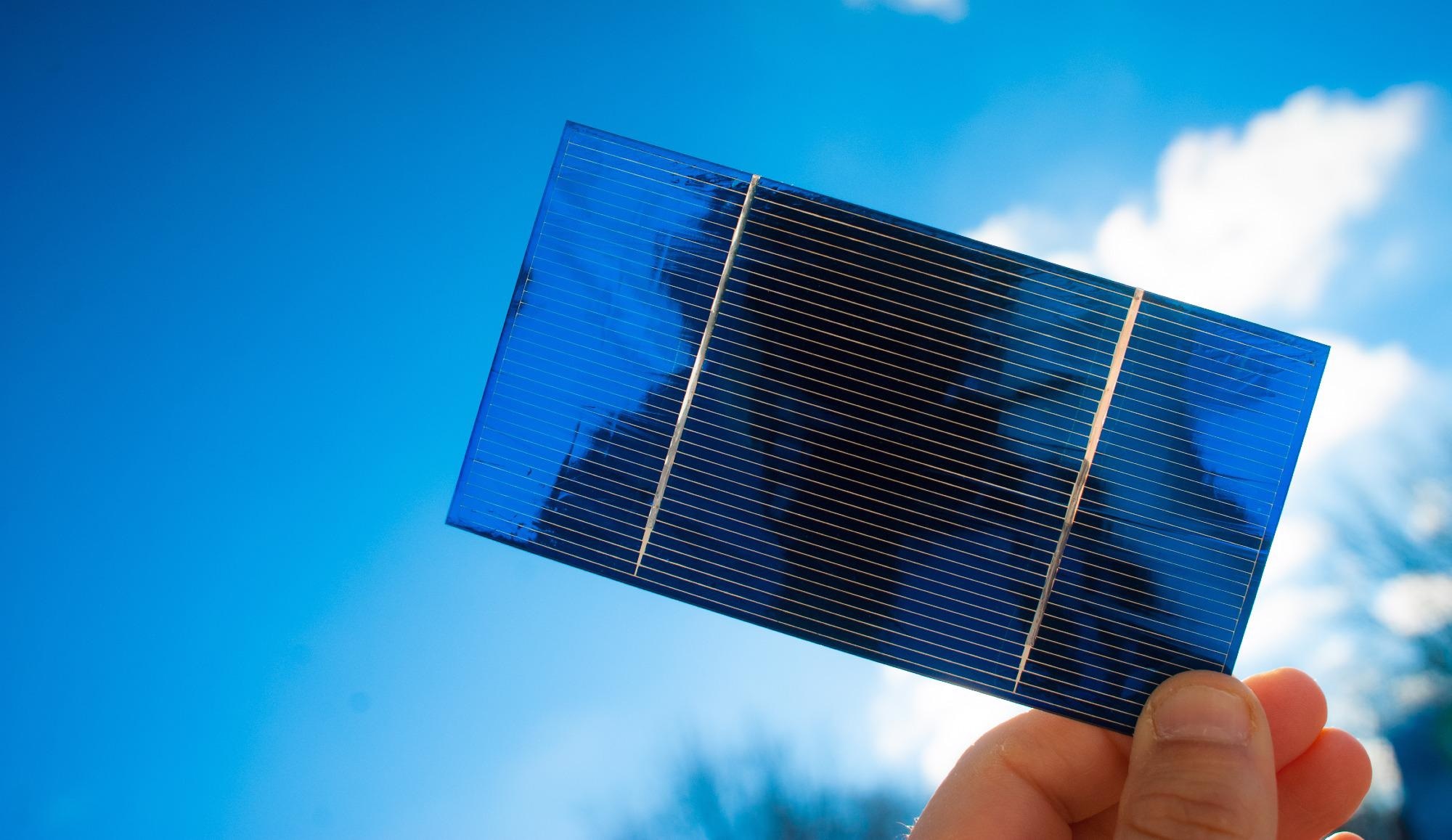Scientists from the Queen Mary University of London have formulated a new process for creating stable perovskite materials that can be used to build more efficient solar cells.

Image Credit: Shutterstock.com/Dave Weaver
Crystalline silicon is the most extensively used material for solar cells. However, in the last 10 years, perovskite solar cells, composed of metal halide perovskite materials, have demonstrated the potential to make cheaper and possibly more efficient solar cells than silicon.
But while perovskite solar cells can currently compete with regard to efficiency with more well-known silicon-based solar cells, a crucial challenge that remains unanswered is their chemical instability. Perovskite materials are highly sensitive to oxygen, moisture and even light, meaning they can deteriorate quickly in air.
A certain perovskite material known as formamidinium perovskite could help tackle this problem as its pure, black-colored crystal structure, called FAPbI3, is more chemically stable than a number of other perovskites. Its optical features are also much better matched to absorb light and generate electricity efficiently in a solar cell than present-day perovskite materials.
However, producing this black, stable form of the material is hard, and it can frequently form a yellow phase instead which is not appropriate for solar cells.
Published in the journal Advanced Materials, the study illustrates a new process for producing FAPbI3. One of the difficulties with producing FAPbI3 is that the high temperatures (150 °C) used can make the crystals inside the material ‘stretch’, rendering them strained, which favors the yellow phase.
While a few earlier reports have used small quantities of additional chemicals, or ‘additives’ to help create FAPbI3 under these conditions, it can be very challenging to regulate the uniformity and quantities of these additives when producing solar cells at a massive scale, and the long-term effect of including them is not yet established.
The unique process illustrated in the study instead exposes films of FAPbI3 to an aerosol comprising a mixture of solvents at a lower temperature (100 °C). The scientists discovered that they could develop highly stable black-phase FAPbI3 after just 1 minute, in comparison to other methods that can take about 20 minutes. They also demonstrated that the lower temperatures used helped the crystals within the material to ‘relax’.
Pure formamidinium perovskite could produce perovskite solar cells that are more efficient and stable that those made with other commonly used hybrid perovskites based on methylammonium. This could be really important for commercialising this technology, particularly as the process can easily be scaled up.
Dr. Joe Briscoe, Reader in Energy Materials and Devices, Queen Mary University of London
“In this study, we’ve demonstrated a novel, more efficient approach to create pure and stable black formamidinium perovskite FAPbI3. As our process uses an ‘inverted’ perovskite solar cell structure and lower annealing temperature, this also makes it very suitable for making flexible solar cells on plastic, which could have a lot of applications for example in clothing and vehicles,” Dr. Joe Briscoe added.
Journal Reference:
Du, T., et al. (2021) Additive-free, Low-temperature Crystallization of Stable α-FAPbI3 Perovskite. Advanced Materials. doi.org/10.1002/adma.202107850.